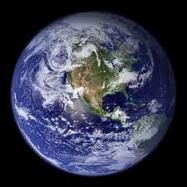
Water in the oceans dictates almost all life and climate on our planet and we only have a very sketchy idea of its make-up. A few obvious things we know are that 70% of the Earth’s surface is ocean, 93% of all the heat from the Sun goes into oceans, it's deepest point is 11,000 metres deep compared to the highest point on land, Everest at 8884 metres.
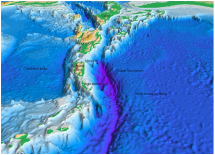
As far as life is concerned 93% of all biomass is in the oceans and we get 50% of all the oxygen we need to breathe from the oceans. Most life is in the top 100 metres of the sea, where sunlight penetrates, but the dark deeps hold more life than we expected and we know almost nothing about them.
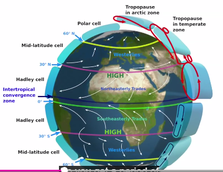
There is a minuscule, but very important amount of water in the atmosphere. This is important because the water vapour condenses and makes rain and it is a vital contribution to changing temperature, redistributing heat and of course it is a big factor in our weather. Water vapour is an important greenhouse gas but it is driven by other factors such as temperature as water vapour increases in the atmosphere by 8% for every 1c increase in temperature.
There are important aspects of climate change that are dominated by the oceans. 93% of all the heat from the sun is absorbed by the oceans, 3% goes into melting ice and 3% is absorbed by the earth. Only 1% is taken up by the atmosphere. There is as much heat in the top three metres of the oceans as there is in the whole atmosphere.
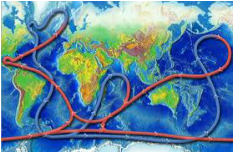

We can understand floods and drought on the land but the big action is in the oceans and it will pay to be alert to ocean acidity and ice sheet loss as they will have devastating effects.

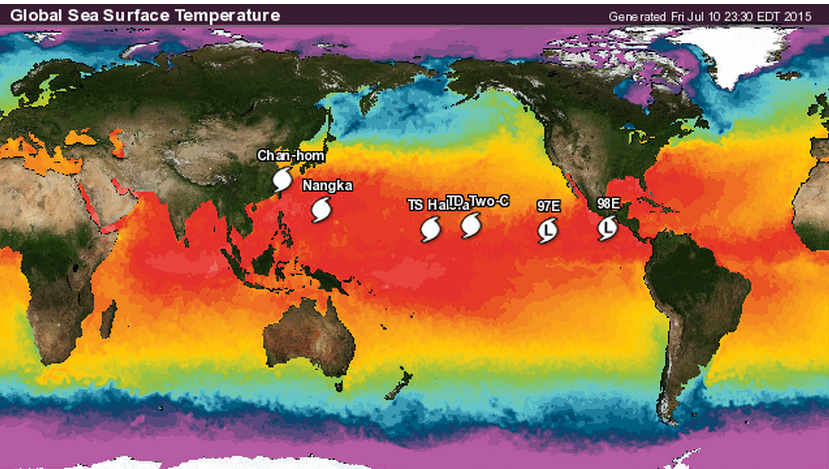
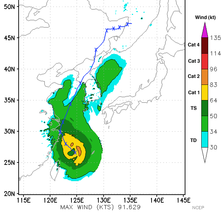

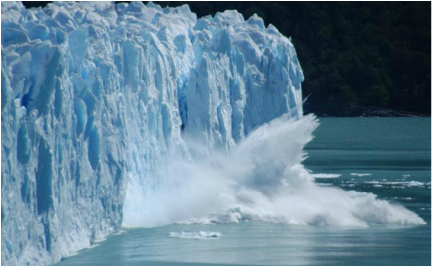
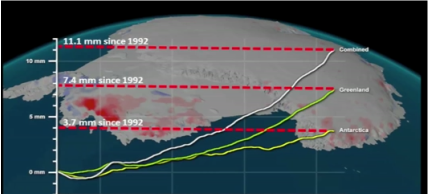
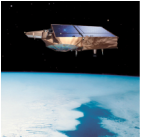
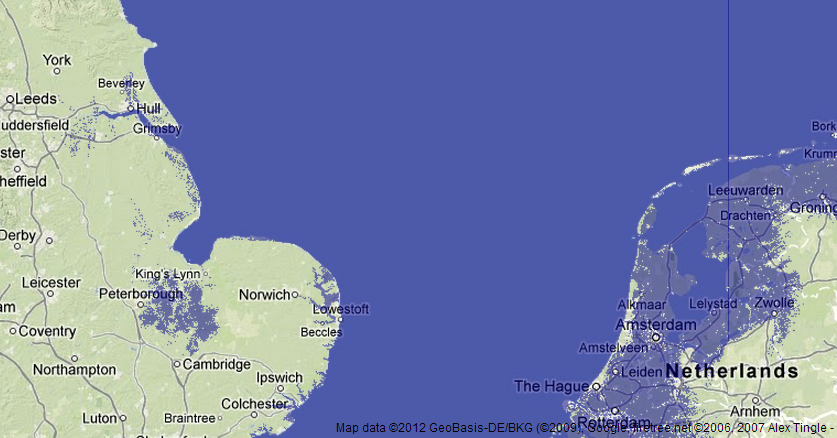
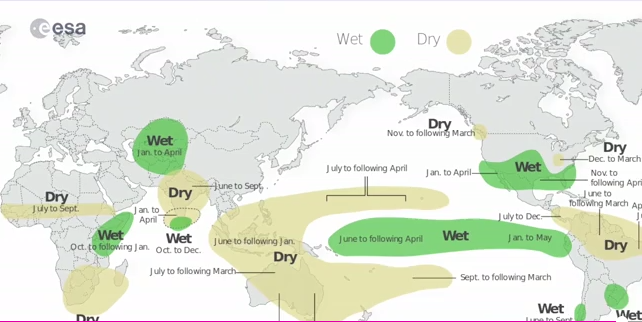
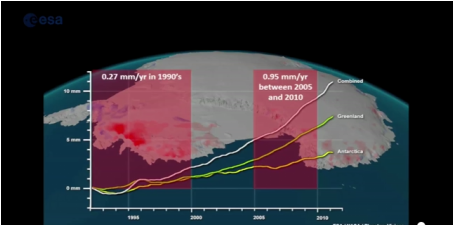
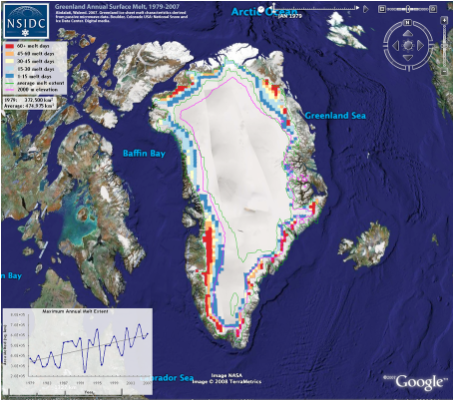

 RSS Feed
RSS Feed